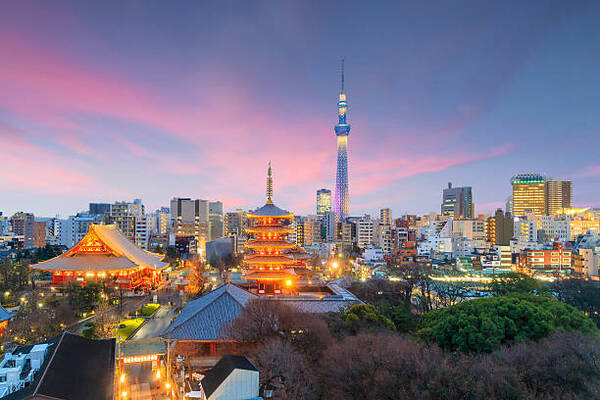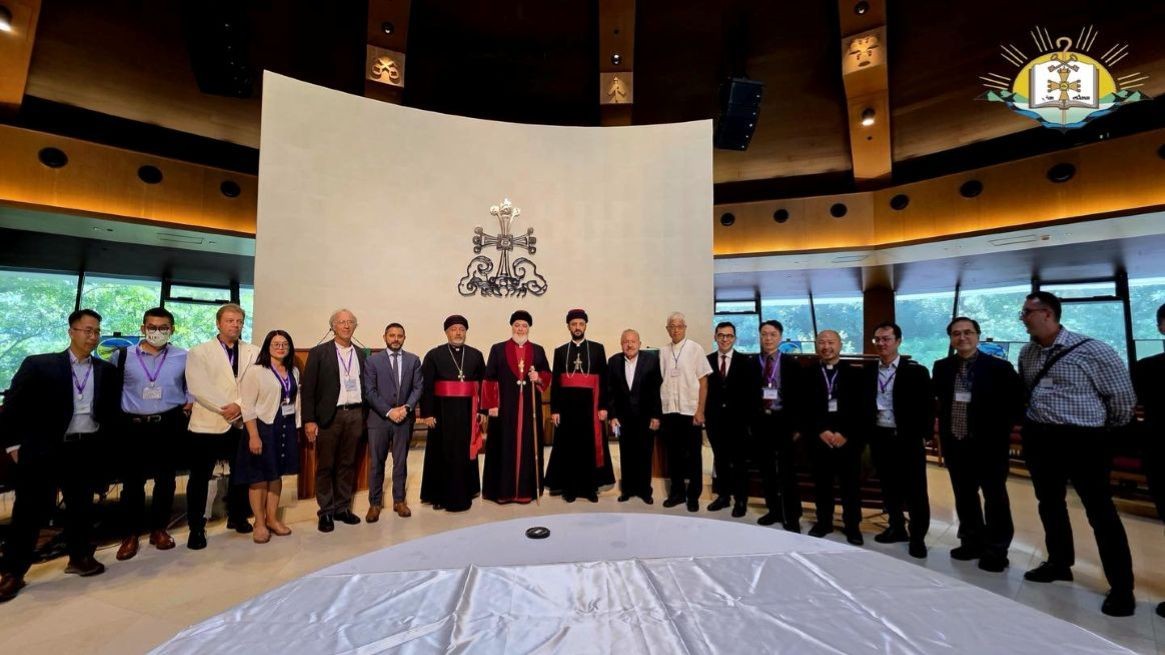Published on
September 2, 2025
Japan’s tourism sector is currently grappling with a significant decline in visitors from Hong Kong, a trend that has been driven by widespread panic following a viral earthquake prediction. Despite being named the “world’s most favorite destination” by readers of Condé Nast Traveler last year, Japan is facing a challenging period. The fears surrounding the predicted megaquake, spread by the manga The Future I Saw, have resulted in a 36.9% drop in Hong Kong tourist arrivals in July 2025. This downturn marks the third consecutive month of declining numbers, highlighting the ongoing impact of speculative fears despite the absence of the predicted earthquake. As rumors continue to disrupt travel plans, Japan’s tourism industry is forced to confront the consequences of these widespread speculations, especially from one of its most valuable source markets.
Japan, recently crowned the “world’s most favourite destination” by Condé Nast Traveler readers, is experiencing a notable dip in tourist numbers, especially from Hong Kong. According to the latest statistics from the Japan National Tourism Organization (JNTO), there was a sharp 36.9% decrease in the number of visitors from Hong Kong in July 2025, with only 176,000 travelers arriving, a stark contrast to the same period in 2024. This marks the third consecutive month of declining tourist numbers from Hong Kong, posing a challenge for Japan’s tourism industry.
This downturn follows the viral spread of a manga prediction, which speculated a major earthquake would hit Japan in early July. The manga in question, “The Future I Saw” by Japanese artist Ryo Tatsuki, triggered widespread anxiety about the predicted seismic event, which resulted in a surge of flight cancellations and postponements. Despite July passing without the feared earthquake—though there was a magnitude 8.8 earthquake off the Kamchatka Peninsula in Russia on July 30—tourist numbers have been slow to recover.
The fear stirred by the manga’s prediction has left lasting impressions on potential travelers from Hong Kong, particularly those who were considering visits to rural parts of Japan. The suspension of regular flights between Japan and Hong Kong further exacerbated the situation, and some routes have yet to resume, making it more challenging for tourists to visit their intended destinations.
At Takamatsu Airport, located in Japan’s Shikoku region, the effects of the earthquake rumors have been particularly pronounced. Officials from the Takamatsu Airport Utilization Review Council have reported a significant drop in passenger traffic from Hong Kong to the airport, triggered by the onset of the rumors. The decline continued through June and July, with only 2,865 passengers from Hong Kong arriving in May—representing a 31% drop from the previous month. These numbers have remained sluggish, and flight schedules have yet to be restored to pre-rumor levels.
Tourism experts, including aviation analyst Eric Zhu, have acknowledged the negative impact the earthquake rumors have had on Japan’s tourism sector. Zhu noted that while Japan had been experiencing a tourism boom, the speculation about a megaquake has temporarily slowed down this momentum. Nevertheless, Japan continues to make strides in attracting international visitors from other regions, despite the setback from Hong Kong.
Despite these hurdles, Japan’s overall tourism industry remains resilient. In August 2025, Japan saw an all-time high of 3.4 million international arrivals, reflecting a 4.4% year-on-year growth from the previous year. This surge in visitors shows that Japan’s appeal as a tourist destination remains strong globally, even as it faces specific challenges with certain regions.
The focus now shifts to whether Japan can overcome the lingering effects of the earthquake prediction rumors and restore its appeal to travelers from Hong Kong. Efforts are likely to be concentrated on rebuilding trust and reassuring potential tourists that Japan is a safe and stable destination. Officials are working to bring back suspended flight routes, including those to Takamatsu Airport, and to regain confidence in Japan’s tourism industry through campaigns and updated travel information.
This situation underscores the delicate balance that tourism industries face when dealing with external influences such as media reports, fictional predictions, and online rumors. The speed at which these rumors can spread and the long-lasting impact they can have on travel patterns are evident in the current trends from Hong Kong. For Japan, the challenge will be to rebuild its tourism numbers from Hong Kong while continuing to grow its broader international market.
As Japan continues to attract millions of visitors from other parts of the world, the key to regaining momentum with Hong Kong travelers will lie in clear communication, effective marketing, and rebuilding confidence. If successful, Japan’s tourism sector will be poised to regain its footing and continue to be a top destination for global travelers.



